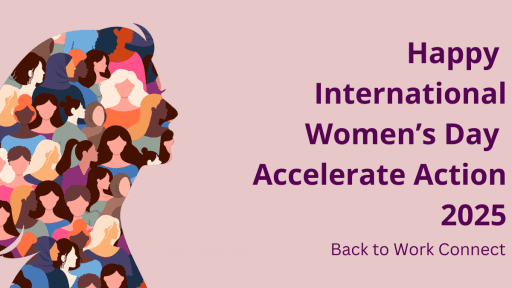The gender pay gap continues to be a pressing issue worldwide. In many industries, women earn less than men for the same or equivalent work. While factors such as occupational segregation and unconscious bias play significant roles, one of the key contributors to this disparity is the participation of women in the workforce. Addressing this imbalance can be a powerful solution to narrowing the gender pay gap.
According to recent studies, women globally earn approximately 77 cents for every dollar earned by men, meaning they must work an additional 52 days annually to catch up.
In Ireland, for example, the gender pay gap sits at around 11.3%, but in specific sectors like tech or finance, it can be even higher. This disparity not only impacts women’s financial independence but also has broader implications for economic growth, talent utilisation, and social equity.
Why Workforce Participation Matters
One often-overlooked aspect of the gender pay gap is the participation rate of women in the workforce. In many countries, particularly in midlife demographics, women are underrepresented due to factors like caregiving responsibilities, societal expectations, and lack of access to flexible work options.
Here’s why increasing female participation rates can make a difference:
Broadening the Talent Pool
Increasing female participation brings more skilled and talented individuals into the workforce. By tapping into this talent pool, employers can address skill shortages, innovate, and improve diversity—factors that correlate strongly with better financial performance for businesses.
Challenging Occupational Segregation
More women entering traditionally male-dominated fields can disrupt occupational segregation, where certain roles are dominated by one gender. Women’s increased presence in high-paying roles or industries helps normalise gender equity in those spaces.
Addressing Unpaid Work Inequities
Women often shoulder the majority of unpaid caregiving and domestic work, which limits their ability to fully participate in the workforce. Policies like subsidised childcare, flexible work arrangements, and shared parental leave can reduce this burden, enabling more women to remain or re-enter the workforce.
Promoting Role Models and Breaking Stereotypes
Visible female representation in the workforce, especially in leadership and higher-paid roles, helps challenge stereotypes and inspires younger generations to pursue diverse career paths.
Policy Solutions to Boost Female Participation
For increased workforce participation to be effective, systemic changes are required. Governments and employers must work together to create an environment that supports women’s employment.
Some critical strategies include:
Flexible Work Policies
Employers can implement hybrid work models or reduced working hours, making it easier for women to balance career and caregiving responsibilities.
Affordable Childcare and Elder Care
High childcare costs are a significant barrier for many women. Governments that invest in affordable or subsidized childcare can dramatically increase women’s workforce participation.
Support for Career Returners
Return-to-work programs tailored to midlife workers and career changers help women re-enter the workforce after a career break, ensuring they don’t face pay or career progression penalties. Working with companies like Back to Work Connect who help businesses develop strategies to support midlife workers, such as flexible working options and return-to-work programs.
Mandatory Gender Pay Gap Reporting
Transparency can hold companies accountable and incentivise them to address the systemic issues that cause pay gaps.
Economic Benefits of Greater Female Participation
Increasing women’s participation rates in the workforce isn’t just a matter of fairness—it’s a smart economic move. Studies by the OECD and McKinsey show that closing gender gaps in labour force participation could boost global GDP by trillions of dollars annually.
Ireland is no exception. By reducing barriers to women’s workforce participation, the economy can benefit from a more equitable distribution of skills, higher productivity, and reduced reliance on social welfare programs.
Closing the gender pay gap requires a multifaceted approach, and increasing female workforce participation is a critical part of the solution. By addressing systemic barriers, challenging stereotypes, and creating an inclusive workplace culture, we can make significant strides toward equality.
It’s time for governments, employers, and society to recognise the untapped potential of women and to ensure that barriers are dismantled, so everyone has a fair chance to thrive.
For more information and supports on creating a Returner Friendly recruitment process reach out to our team at info@backtoworkconnect.ie
Keep up to date with the latest Returner Friendly employers, upskilling & retraining opportunities by joining our platform HERE





